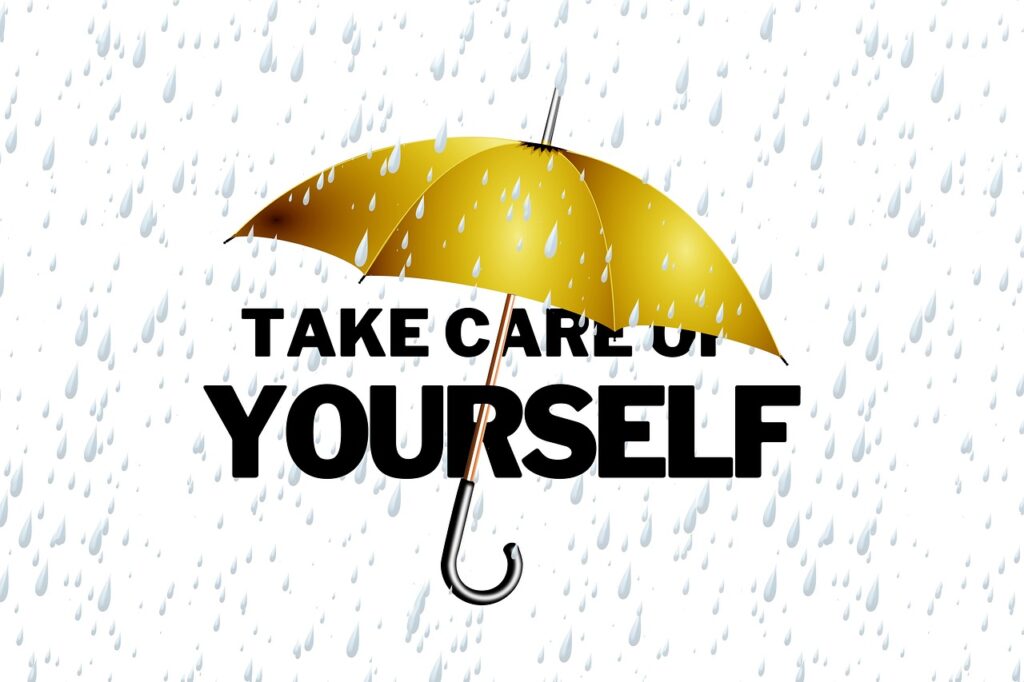Introduction: The Challenge of Long Classes
Have you ever thought why that intriguing spark in the eyes of students fades away in the middle of a long class? In the classroom, everybody seems attentive for the first 10-15 minutes, but after that, slowly many children go off into their own world of imagination. Some are thinking about tomorrow’s match, while others are waiting for the lunch break. Research also says that the attention span of an average student is just 10-15 minutes.
After that, their minds start demanding a break! So again the question arises – how do we teachers ensure that long classes become a celebration of learning rather than a mere formality? It must be accepted that today’s students get bored quickly with a traditional lecture. But if you bring a little innovation and strategy in your teaching, it is not impossible to keep the students engaged.
I remember, once I took a long 4-hour class on pharmacology. For the first 30 minutes everyone was writing very diligently, but as time passed, the speed of writing notes slowed down, and some children got absolutely tired. Then I realized that just providing content is not enough, delivering it is also an art!
In this blog, we will talk about some top tips that will not only make your classes interesting but will also increase the attention span of students. So, let’s start the journey of looking at teaching from the perspective of art and science!

1. Tip 1: Start Strong with a Hook
First impressions matter a lot, and this is as true in the classroom as it is in real life. If the beginning of your class is boring, students will lose their attention. So, start every class with a bang – in a way that you can grab everyone’s attention immediately!
Class should be started in such a way that students become curious, and their minds come into active mode. Here are some tried-and-tested methods:
A. Ask a thought-provoking question: A question that will awaken their thinking power. For example, if you are studying chromatography, ask: “Have you ever thought that separating components in an easy way was like a dream for earlier scientists?”
B. Tell a surprising fact: A fact that makes them say “Wow!”. For example, “Do you know that the exact cause of epilepsy is still unknown?”
C. Tell a small, interesting story: Humor and stories always work. Tell a funny incident or story related to the topic that will make everyone laugh and think.
2. Tip 2: Break the Monotony
A class that consistently runs in the same pattern can, without a doubt, become boring rather quickly – no matter how well the teacher is teaching! Consequently, if students start feeling bored due to the repetitive structure, their attention will naturally begin to wander. Therefore, it becomes crucial to break the monotony and re-engage their focus effectively.
What to do?
Instead of making the class a boring lecture, make it an interactive and dynamic experience. For this, divide your class into small segments – like blocks of 20 minutes each. Try to do something new in each block.
Techniques that will work:
A. Spice up the lecture with discussions:
o Lecture for 20 minutes, then ask students questions or get their feedback.
o Have a group discussion where they can share their ideas.
B. Group Work or Individual Tasks:
o After explaining a concept, have a group activity.
o Ask students to solve small problems.
o This increases their participation and makes learning active.
C. Multimedia Magic:
o Use videos, animations, or infographics to make the topic interesting.
o A small animation or diagram can be more impactful than an hour-long lecture.

3. Tip 3: Incorporate Movement (Kinesthetic Learning)
Sitting is the new smoking” – you’ve probably heard this phrase before! When students remain seated in one place for hours, their energy levels and focus naturally decline. Regardless of how engaging your class might be, the monotony of sitting still will eventually catch up with them. So, what’s the solution? It’s simple – incorporate movement! By introducing small physical activities into the classroom, you can refresh both the body and the mind. Movement not only helps reset attention but also transforms learning into a fun, dynamic, and memorable experience.
Movement Ideas That Will Work:
A. Quick Stretch Breaks: After 25-30 minutes, do a small stretching activity. Ask students to stand in their seats and stretch – raise their hands, roll their neck, or relax their shoulders.
o Just 2 minutes of stretching will refresh them!
B. Walk and Talk:
o A fun activity – Ask students to get up from their seats and go to a new partner and discuss a question with them.
o Example: “Do you think artificial intelligence is having a positive or negative impact on our daily lives? Let’s discuss it with a new partner!”
C. Collaborative Work:
o Involve the blackboard or whiteboard. Form groups and ask each group to write or draw something on the board.
o This helps in team bonding along with movement.
D. Stand-Up Discussions:
o Tell the students that those who agree with your point of view should stand up. Those who disagree should remain seated.
o This is an interactive way to involve them in both movement and discussion.

4. Tip 4: Use Humor and Storytelling
You must have experienced yourself how a good joke or an interesting story in the classroom can turn a boring lecture into a memorable experience. Humour and storytelling are tools that not only uplift the mood of the students but also make the concepts relatable and memorable.
What to do?
Start including a little humour and stories along with serious learning in the classroom. Both these things turn your content into an engaging package.
How to do it?
A. Share light-hearted stories:
Tell me an interesting or inspiring story related to the topic. For example, if you are studying metabolism, use a funny analogy:
“Metabolism is like a busy chef who breaks down your food and turns it into energy, but if he gets too much junk food, the chef gets tired and stores fat!”
B. Create Humorous Scenarios:
o Create hypothetical situations that are funny and engaging. Example:
“If there is an Ola driver to deliver oxygen to the cells, and he is late, which organ will complain first?”
Students will laugh while thinking this and will also be curious about the correct answer.
C. Connect the topic to daily life:
Make such stories that can be connected to their daily life. For example, I often explain tedious concepts of pharmaceutical analysis by giving examples of marriage functions
5. Tip 5: Build Connection Through Interaction
When the class becomes a lively discussion instead of a one-way lecture, both the fun and the ease of learning increase. When students actively participate, they not only listen but also think and understand. Interaction creates a connection between teacher and student that makes even the most boring topic engaging.
What to do?
Make your students an active part of the class. Talk to them, get their opinions, and understand their perspective.
Techniques that will work:
A. Encourage sharing of opinions:
o Ask open-ended questions like:
“What do you think, what changes are needed to make today’s education system better?”
o Such questions give them a chance to think logically and put forward their point.
B. Use Real-Time Polls or Quizzes:
o Conduct an interactive quiz or poll using some apps.
o Example: “Let’s do a quick quiz based on today’s topic – see who gets the most correct answers!”
o This approach creates a combo of competition, fun and learning.
C. Introduce Role-Playing:
o Assign students different roles to make a practical topic more interesting.
o Example: If you are studying healthcare ethics, make one student a doctor and the other a patient, and have them discuss a real-life ethical dilemma.

6. Tip 6: Foster a Growth Mindset
“Making mistakes is not failure, learning from mistakes is growth.” If students view challenges as opportunities instead of hurdles, they learn to win not just the syllabus but also life. Developing a growth mindset can be the most important and rewarding role for a teacher.
What to do?
Teach students that every challenge is a step towards their improvement. Use mistakes and setbacks to inspire them instead of scaring them.
Techniques that will work:
A. Share inspiring examples:
Tell them stories of people who achieved success through perseverance.
Example: Thomas Edison said, “I have not failed. I’ve just found 10,000 ways that won’t work.” This shows them that failure is part of a process, not the end.
B. Ask them to reflect on learning progress:
o Ask students: “What progress has been made in the topic that seems difficult to understand today, after a week?”
o Highlighting their own improvements will motivate them.
C. Give positive feedback:
o When a student works hard, acknowledge their efforts, even if the result is not perfect.
o Example: “Your approach was correct, just practice a little more and you will master it!”
7. Tip 7: Summarize and Reflect
A good class needs a good start, but it also needs an impactful ending. If students come out of the class with clarity in their minds, that knowledge will stay with them for a long time. Recap and reflection are tools that cement concepts and connect them to real life.
What to do?
At the end of the class, remind your students of the key points of the topic and ask them to reflect on their understanding. This will not only strengthen their focus, but they will also analyze their learning.
Techniques that will work for you:
A. 1-Minute Summary Game:
o At the end of the class, ask students to summarize the topic in one sentence.
o Example: If you are studying digestion, ask: “Explain in one line, what is the role of digestion?”
o This game makes the thought process of students sharp and precise.
B. Ask questions for reflection:
o Ask students:
“What new did you learn in today’s class?”
“How is this topic connected to your daily life?”
o Reflection gives them a chance to connect emotionally with the subject.
C. Discuss Real-Life Application:
o End the class like this:
“Today we learned about enzymes. Next time when you eat fruits, think about how their digestion takes place in your body.”

8. Bonus: Self-Care for Teachers
Teachers have a demanding job, and if you don’t take care of yourself, you won’t be able to provide the best support to your students. Taking care of a teacher’s well-being is as important as students’ learning.
Self-Care Tips:
A. Taking short breaks:
Take some time out between classes, stretch, go for a short walk, this will keep you fresh and energetic.
B. Practicing mindfulness:
Relax your mind with deep breathing or meditation for 5-10 minutes. This will reduce your stress and help you focus better.
C. Positive self talk:
Keep telling yourself that whatever I am going to do is going to have a positive impact on me, on these students and on this society.
Conclusion: Teaching Is an Art
Teaching is an art, and perfection comes with time. When you engage your students, they become active participants in your learning process. This skill evolves through practice, and each class is a new opportunity to learn.

Which strategies did you implement in your classroom? Or do you find it difficult to maintain students’ attention in long classes? You can share your experiences in the comments!
If you need more teaching resources and tips, visit www.edumentorashish.com – where I also share helpful blogs and articles. You can also subscribe to my YouTube channel Dr. Ashish Pathak Online
Let’s create classrooms full of energy and creativity together!





Pretty! This has been a really wonderful post. Many thanks for providing these details.
I truly appreciate your technique of writing a blog. I added it to my bookmark site list and will
very informative articles or reviews at this time.
Good post! We will be linking to this particularly great post on our site. Keep up the great writing
I like the efforts you have put in this, regards for all the great content.